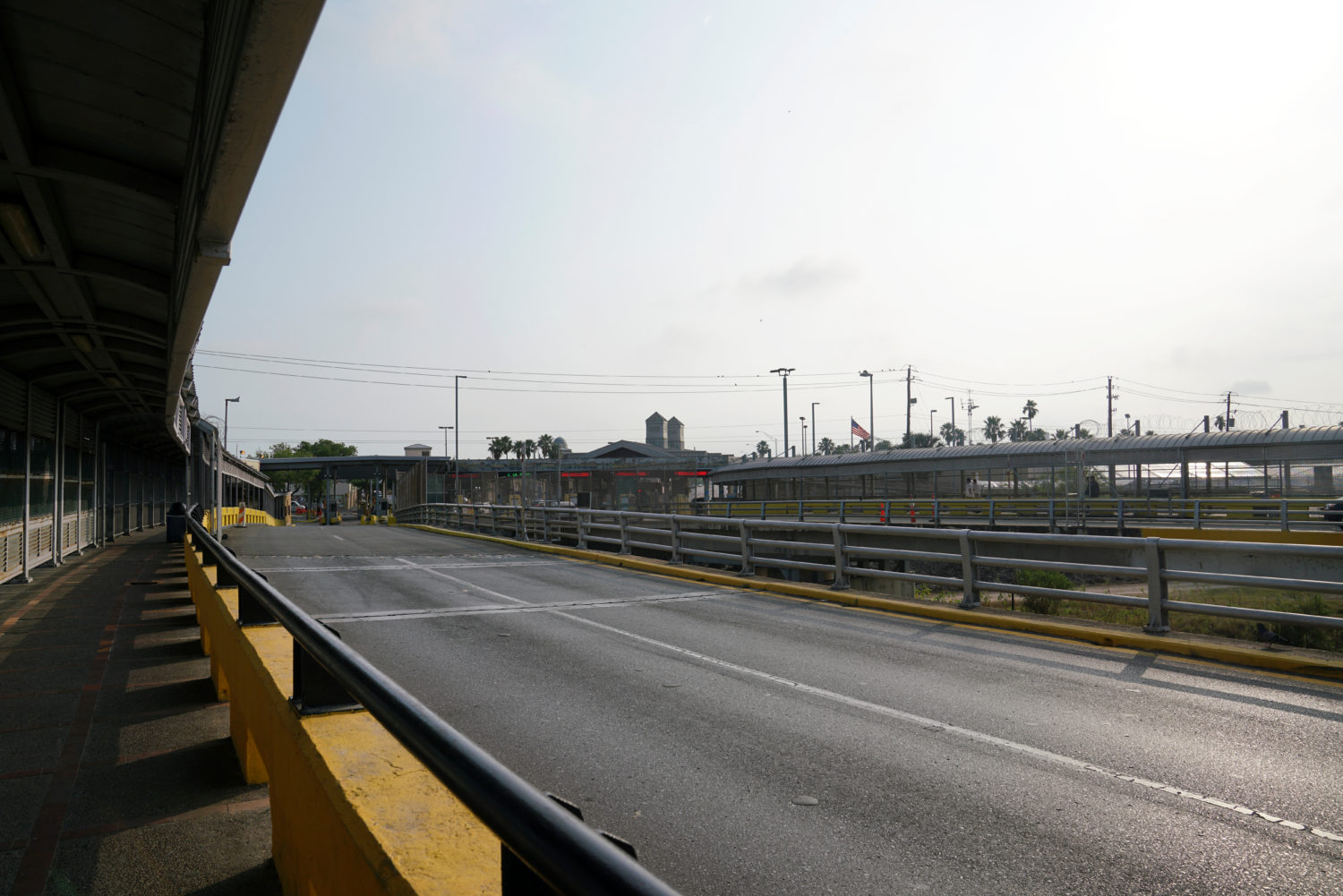
By Callaghan O’Hare and Maria Caspani
HOUSTON (Reuters) – Sunday is traditionally a quiet day for Chuck Pryor’s Houston funeral home, but on this Sunday in February, almost a year after the global pandemic reached Texas, the phone was still ringing.
Pryor took the call: COVID-19 had taken yet another American life — pushing the nation’s death toll closer to the half-million mark — and another grieving family required the services of the exhausted funeral director and his staff.
“It’s just mentally taxing,” Pryor, 59, who runs a small funeral home business with his wife Almika, told Reuters earlier this month.
The sheer number of coronavirus deaths has overwhelmed many U.S. funeral homes. Some family-owned businesses have handled a crushing case load, with some seeing the same number of deaths in a couple of months as they would normally handle in a full year, said Dutch Nie, a spokesperson with the National Funeral Directors Association.
“Most funeral home directors know that it’s a 24-hour, 365-day career, but you’re just not used to every single day working those hours,” Nie told Reuters.
The pandemic has brought profound changes to the way Pryor must operate. Overloaded hospitals want bodies to be removed quickly. It has been difficult to find trained staff, caskets and protective equipment. And every day brings a multitude of phone calls from families in pain and distress.
As the virus showed no sign of releasing its grip and deaths mounted over the summer and in the fall, exhausted workers at Pryority Funeral Experience fell ill while others quit.
“People quit because they mentally can’t handle it,” he said. “I pray God, — just give me strength… I want to run away right now, to be honest …I’m concerned about myself breaking down so I just ask God to help me.”
Sometimes the stories he hears on the job haunt him.
Like the one he was told when he answered a COVID-19 call on a recent weekend in The Woodlands, a suburb of Houston.
A young woman in her 30s had just died from complications from the virus, a while after doctors performed a C-section to save the life of her twins as her condition deteriorated.
The following day, Pryor was having a hard time processing the tragedy, one of the hundreds of thousands that have marked a year of profound loss across the entire country, and the world.
“I slept with it last night and I hate that, you know, when you take them to bed,” he said.
NEVER SO BUSY
Pryor said he had never been as busy as during the pandemic. The deaths the funeral home handled in 2020 were more than double those he would see in a normal year.
January was a terrible month. Even as hospitalizations in Texas fell by 10% last month from a 36% rise in December, coronavirus deaths increased by 48%, according to a Reuters analysis of state and county data.
“I do pace myself and I do turn people down because I can only do so much,” Pryor said.
His staff of four full-time employees and eight part-timers is feeling the strain, he said.
Embalmers and others who come directly into contact with bodies and are at higher risk of contagion, have been hard to find, Pryor said. And caskets are in short supply due to the pandemic. On a Thursday earlier this month, Pryor’s uncle drove four hours from Dallas to deliver eight of them.
The job is so consuming, Pryor said, there is little time left to perform the most essential personal tasks, like cooking or spending time with his soon-to-be 10-year-old son.
While caring for those who lost loved ones in his community, Pryor’s family was faced with their own grief. The virus took his nephew and his uncle while his wife lost her cousin and her aunt to COVID-19.
‘HOOKED’ ON HELPING PEOPLE
Pryor grew up in rural Texas, the youngest of six and the only one of his siblings who did not attend segregated schools. His first brush with the funeral business was in the late 1970’s when he would help illiterate members of his community with their mail and bills at the local funeral home on the first of every month.
“I got hooked in helping people when they need help the most,” Pryor said.
Since he started his own business in 1984, celebrating life even in death had always been front and center in his profession, he said. But the coronavirus pandemic turned everything “upside down,” making it even more difficult to help people through the grieving process.
In late January, Pryor and his team handled the funeral arrangements for Gregory Blanks, a 50-year-old COVID-19 victim who ran a heating and air conditioning business in the Houston area. He was a huge fan of the Dallas Cowboys football team.
In keeping with current restrictions to prevent infections, only a limited number of family and friends were able to attend the burial at San Felipe Community Cemetery where a preacher spoke next to a table lined with baseball caps for the Cowboys and other Texas teams.
Clad in a face mask sporting the logo of her husband’s company, Blanks’ wife Lila solemnly watched as some of Pryor’s workers lowered the casket into the ground.
“People, they can’t hug,” Pryor said. “They cry and no one’s there to wipe your tears.”
(Reporting by Maria Caspani in New York and Callaghan O’Hare in Houston, additional reporting by Anurag Maan in Bengaluru; Writing by Maria Caspani; Editing by Lisa Shumaker)











